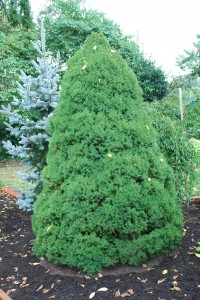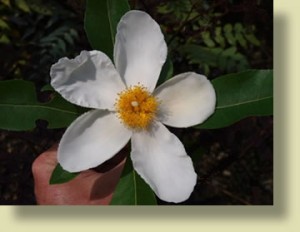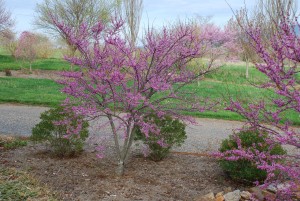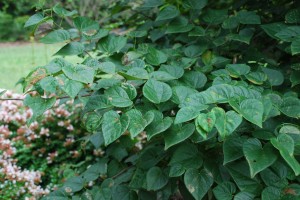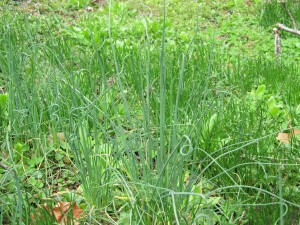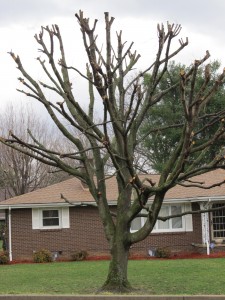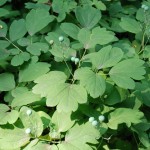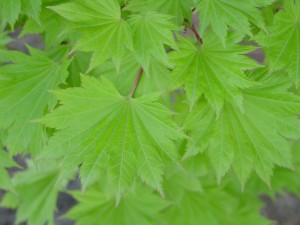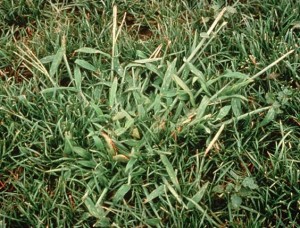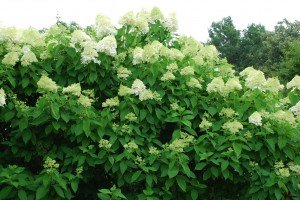A popular saying among gardeners is “the right plant in the right location”. They must be thinking of Alberta Spruce (Picea glauca ‘Conica’). Within a few years after planting, this popular dwarf conifer becomes devastated by spider mite infestations. The rule is to plant Alberta spruce where it receives good air circulation on all sides.
A common mistake is to plant Alberta spruce close to a building foundation. Here, the needle foliage on the backside of the shrub facing a wall or foundation remains wet. Often, the bottom one-third of the plant is covered with morning dew after a rain or from overhead irrigation.
Initial mite feeding damage frequently starts on the sheltered, warmer side of the shrub. Repeated mite infestations lead to localized stem and needle death which causes Alberta spruce to look unsightly. Similar symptoms are observed in other shrub species, including junipers (Juniperus spp.), hollies (Ilex spp.), and hemlock (Tsuga spp.).
A backup plan is to spray susceptible shrubs with a timely pesticide (miticide). A timely coarse pressure spray of tap water in early spring and again in early fall will wash most eriophyid and spruce spider mites off the foliage.
* Thanks to Dr. Donald Booth, Research Entomologist at the Bartlett Tree Laboratory in Charlotte, NC for his assistance.

